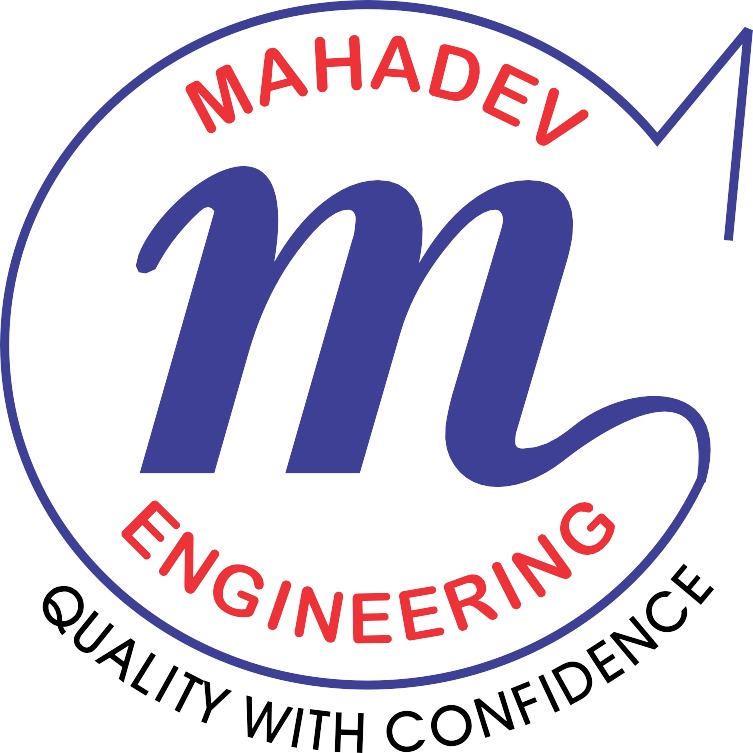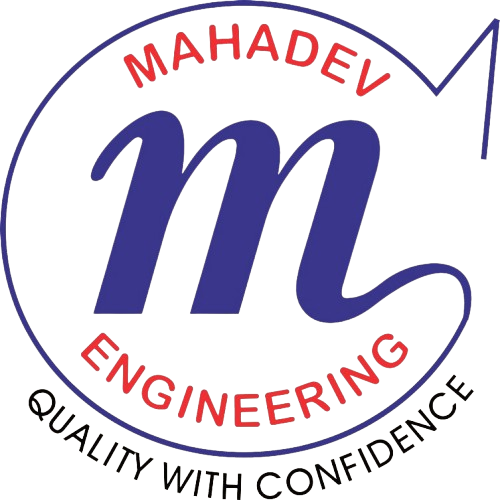service
Efficient API Plant Piping Solutions: Precision Installation & Reliable Maintenance
Our API plant piping solutions are engineered to meet the highest standards of quality, safety, and compliance. Leveraging advanced technology and state-of-the-art equipment, we deliver precision-crafted piping systems tailored to your unique operational requirements. Our team of skilled engineers and technicians collaborates closely with you to design and implement systems that ensure efficiency and reliability. As a trusted name in the industry, we are committed to excellence and customer satisfaction. Our piping services are ideal for a wide range of sectors, including pharmaceuticals, chemicals, and oil & gas.
High-Quality IBR Piping Systems: Engineered for Safety & Reliability
Our IBR piping solutions are meticulously engineered to comply with Indian Boiler Regulations (IBR), ensuring unmatched safety and quality. Recognizing the critical importance of regulatory compliance and operational safety, we maintain the highest standards throughout every stage of the project. Our skilled engineers and technicians collaborate closely with clients to design and install piping systems that align with IBR requirements and project-specific needs. As a trusted industry partner, we are committed to delivering exceptional service and dependable performance. Our IBR piping services are well-suited for diverse applications across power plants, chemical facilities, and petrochemical industries.
High-Precision Orbital Welding – Engineered for Excellence
Our orbital welding services are engineered to exceed the most stringent industry standards for precision, cleanliness, and reliability. Utilizing cutting-edge orbital welding machines and high-purity argon gas, we deliver welds of exceptional quality—ideal for critical applications in industries such as pharmaceuticals, food processing, and semiconductor manufacturing.
With a team of highly skilled welders and technicians, we provide tailored welding solutions based on your project’s unique specifications. At Mahadev Engineering we take pride in our consistent track record of precision, safety, and customer satisfaction.
Purpose
To define the standardized process for creating autogenous weld joints for tubular products using orbital welding, ensuring consistent quality and compliance with regulatory requirements.
Scope
This procedure applies to welders at Mahadev Engineering involved in welding tubing that comes into contact with pharmaceutical products.
Equipment Required
Orbital welding machine
Welding head with compatible fixtures and dies
High-purity Argon gas (99.99%)
Gas filters
TIG welding machine (for tack welding)
Buffing pads for surface finishing
Procedure
1. Machine Setup
Place the orbital welding machine on a flat, stable surface.
Connect the welding head and printer (if external) to the main unit.
Plug the machine into a power source with adequate capacity, as specified by the manufacturer.
Select and install the appropriate die based on the tube size.
Switch on the machine and input tube size and wall thickness. The machine will automatically configure:
Pre-purge and post-purge times with argon gas
Arc strike current
Peak and base current levels
Motor rotation speed (RPM)
2. Welding Preparation
Cut the tubes to the required length.
Ensure a right-angled, smooth face by grinding and polishing.
Clean the internal and external surfaces near the tube ends.
Plug both tube ends using welding dams to maintain purge gas.
Align the tube faces and tack weld at three points, spaced 120° apart, using TIG welding without filler wire.
Maintain an argon shielding gas flow of approx. 15 L/min during tack welding.
3. Orbital Welding Execution
Clamp the tack-welded joint into the orbital welding head.
Manually rotate the tungsten head around the joint to verify alignment. Maintain a gap of 1.6–2.0 mm between the tungsten and joint.
Prepare a sample weld joint using a test piece of the same tubing.
Start internal purging with argon gas at 10–12 L/min and machine shielding at 12–15 L/min.
Begin the orbital weld cycle.
After the post-purge and cooling period, remove and inspect the weld visually.
If the sample joint does not meet quality expectations, adjust motor RPM or current settings and repeat.
4. Production Welding
Once sample weld is approved, keep the parameters unchanged.
Clean each weld externally using a buffing pad to achieve a smooth finish.
Document quality checks in the Welding Joint Inspection Report (ME/SOP/OW/M1).
Attach the corresponding welding coupon printout at the welding site.
Repeat sample weld preparation daily at the start of operations.
Ensure all joints are engraved/marked with unique ID numbers and tracked in documentation.
Required Documentation & Formats
Welding Joint Inspection Report – ME/SOP/OW/M1
Welding Coupon Printout – Auto-generated from the orbital welding system
Pneumatic Test
Scope
This procedure outlines the steps for performing pneumatic testing of piping systems to verify integrity, strength, and leak-tightness.
Equipment Required
Calibrated Pressure Gauge
Appropriate blanking accessories
Additional tools as necessary for securing valves and fittings
Test Medium
The test medium shall be either compressed air or nitrogen gas, depending on system specifications and safety requirements.
Procedure
Preparation
Ensure all user point valves are fully closed.
Properly blank all open ends of the piping system.
Confirm all instruments and fittings are securely connected and sealed.
Pressurization
Gradually increase the internal pressure of the piping system to 1.5 times the operating pressure using the selected test medium.
Continuously monitor the pressure gauge during pressurization.
Holding Period
Once the specified test pressure is reached, hold the pressure for a minimum of 1 hour (NLT 01 hour).
During this period, observe the system for any pressure drop or visible leakages.
Inspection
If any pressure drop or leakage is detected, identify and rectify the issue, then repeat the test procedure from the beginning.
If no pressure drop or leakage is observed, gradually release the pressure from the system.
Acceptance Criteria
No pressure drop or leakage shall be observed throughout the test duration.
The test shall be considered successful only if the system maintains the test pressure for the entire duration without deviation.
Boroscopy
Purpose:
The purpose of this work instruction is to ensure that the boroscope examination is conducted accurately and consistently.
Scope:
This procedure applies to the boroscope examination of autogenous welds (welds made by fusion of base material without the addition of filler) on piping joints.
Equipment:
Remote visual inspection shall be performed using a video boroscope machine.
Procedure:
The piping inspection spool shall be taken up for boroscope examination only after completion of all prior inspection stages, i.e.:
Visual inspection of the weld seam from the outside.
Verification of the engraved weld joint number.
Verification of the orientation and dimensions of the concerned spool.
Install the TV card in the laptop for image visualization.
Connect the boroscope machine to the laptop.
Ensure the weld joint to be examined is accessible for entry and movement of the fiber optic cable.
Synchronize the visual display and camera tip vision for optimal clarity.
Manipulate (articulate) the camera tip around the entire weld seam and assess the joint quality visually.
Save the captured images with proper identification of the Weld Joint Number in the appropriate folder on the laptop.
In case of rejection:
Mark the weld joint as per the specified rejection procedure.
Rectify the joint and reoffer it for inspection.
During boroscope examination, check the weld seam for the following defects:
Concavity on both sides of the weld seam.
Convexity on both sides of the weld seam.
Misalignment.
Lack of penetration.
Weld bead variation.
Irregular weld path
Hydro Test
Purpose:
The purpose of this work instruction is to establish a standard procedure for conducting hydro-tests on distribution piping systems.
Scope:
This work instruction is applicable to all types of distribution piping that require hydro-testing.
Equipment Required:
Pressure Gauge
Hydro Pump
Procedure:
Fill the piping system completely with water.
Close all end connections using TC liner or flanges.
Connect the hydro pump to the start of the piping. Ensure a pressure gauge with an adequate range is installed.
Pressurize the system using the hydro pump up to 1.5 times the design pressure.
After reaching the required pressure, observe and record the pressure gauge reading.
Maintain this pressure for a minimum of 1 hour.
Observe the system for any pressure drops or visible leakage.
If any leakage is detected, rectify the issue and repeat the hydro-test procedure.
Once the test is complete, release the pressure safely.
Acceptance Criteria:
No Leakage
No Pressure Drop
Formats:
Hydro Test Report (ME/SOP/HT/M1)
Passivation
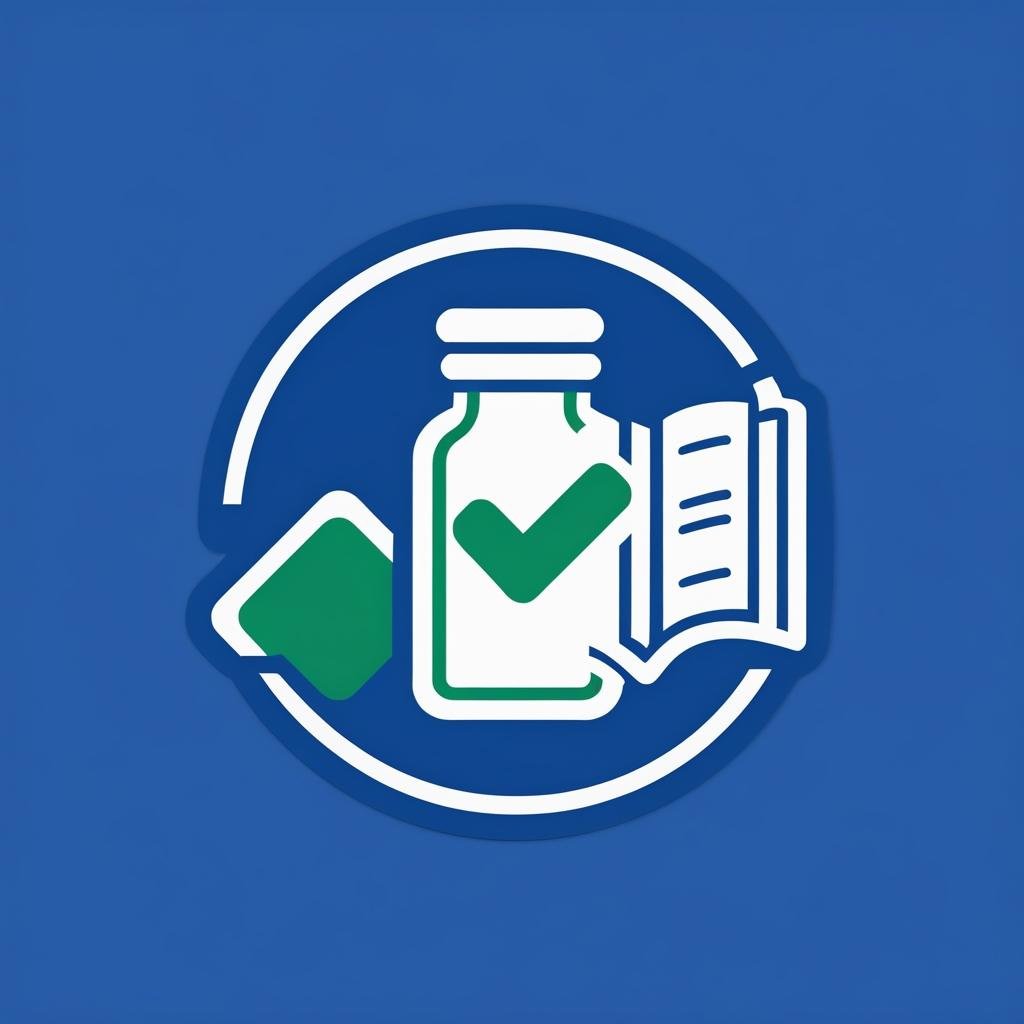
Product In Compliance Of Pharma copoeias
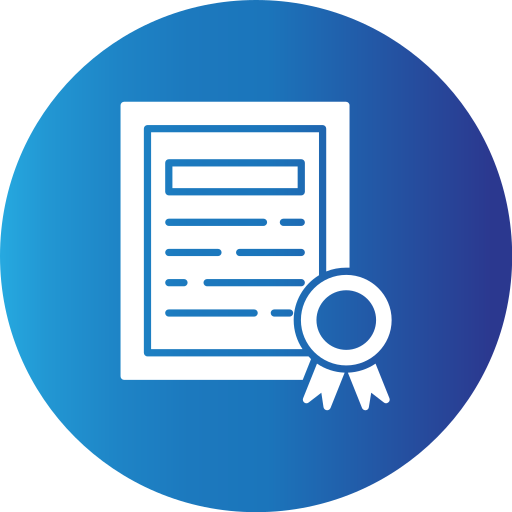
Quality By Design

Compliance With Ispe
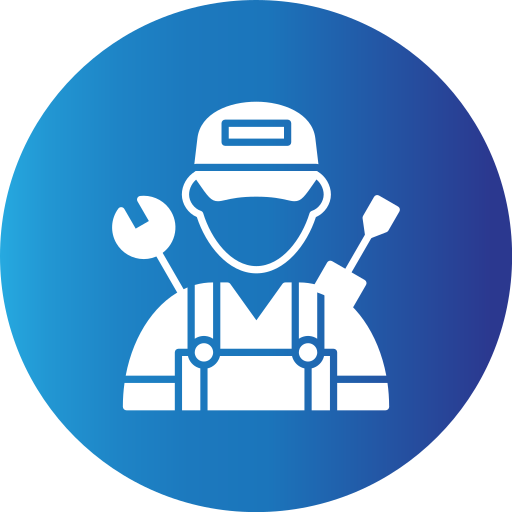
Good Engineering Practices

Real Time Data Logging
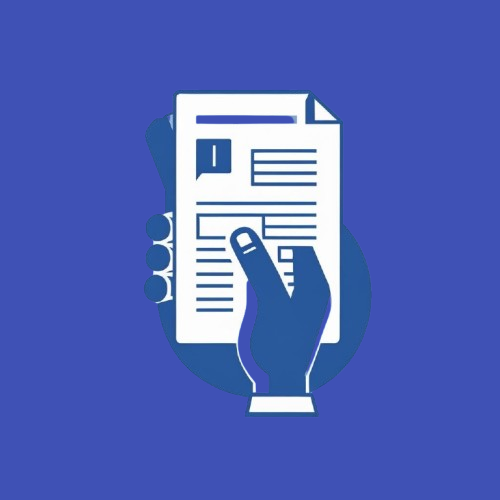
Good Documentation Practices
